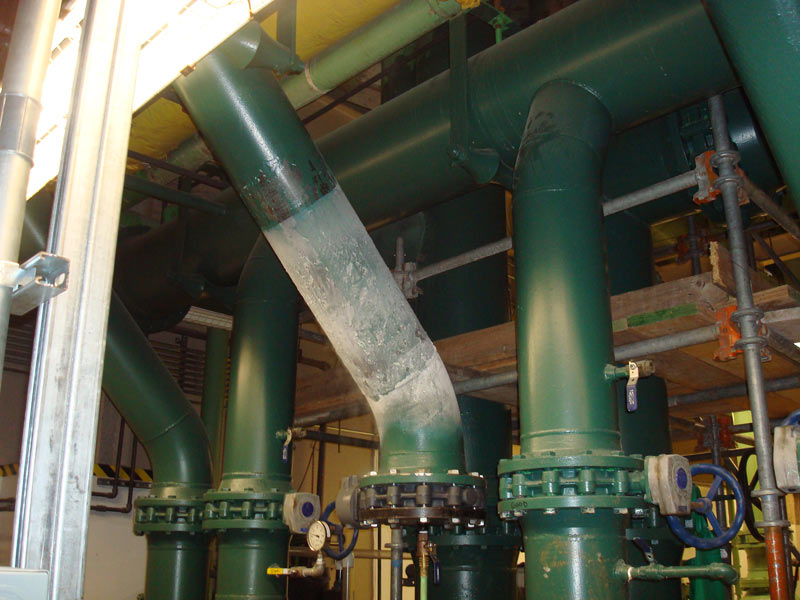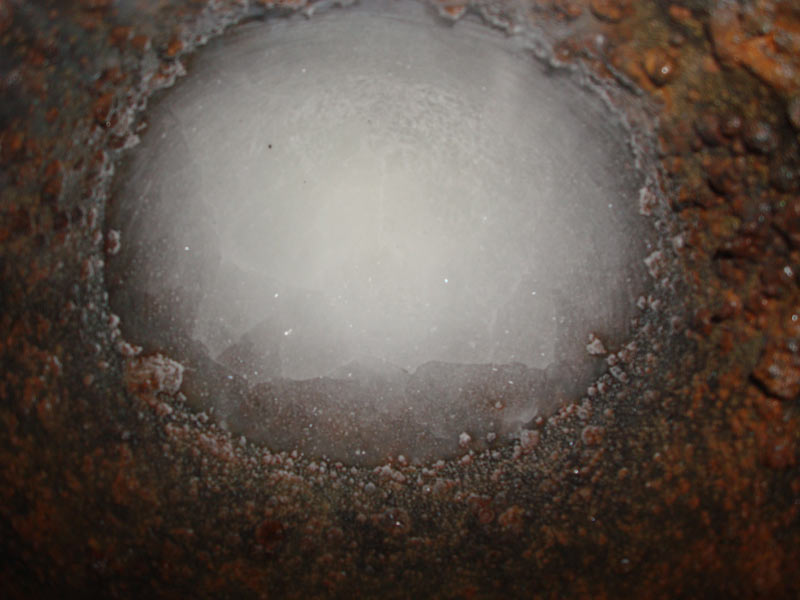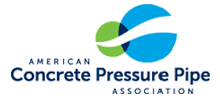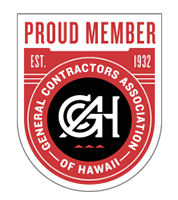

Pipe Freezing is the state-of-the-art method of freezing liquid pipe contents so that it forms an ice plug. The adhesion of ice to metal allows this plug to hold back the product to allow modifications to made to the existing system.

How It Works
The freezing chamber is installed on the pipeline. The chamber is sealed to the pipe with a special low temperature sealing
compound to contain the liquid nitrogen that will be injected.

Liquid nitrogen is injected and the pipeline monitored. When our
temperature sensors and frost lines indicate an ice plug has been formed, the customer is notified and the downstream side of the piping is bled down, allowing the customer to perform the necessary modifications.

When the modifications are complete, the injection hoses are removed, as well as the monitoring equipment and the freezing chamber. Your pipeline is returned to its original condition.

The Koppl Difference
Koppl Pipeline Services’ method of Pipe Freezing sometimes causes concern to those individuals that have dealt with ruptured piping due to freezing. Ruptures occur when the ice plug forms, expands and causes pressure to build between the plug and a dead end. The pipe ruptures when the pressure builds beyond its designed pressure rating. Testing has indicated that radial expansion of the ice plug does not exert nearly enough stress on normal piping to cause failure. Koppl Pipeline Services’ experienced technicians take special precautions against this situation by using electronic temperature sensors, bleed off points, and continuous visual frostline monitoring. These techniques assure you of a safe and successful completion to your project.
Contact
Contact your local Koppl Pipeline Services representative.
Give us a call today to see what process can offer the best solution to your need.
- (323) 888-2211
- (323) 888-2232
Koppl Pipeline Services honors a legacy that has lasted for generations by bringing time-honored standards of quality and service to a modern age.



CCL#844802
AZCL#ROC216719
NVCL#0060642
HI#CT-31595

